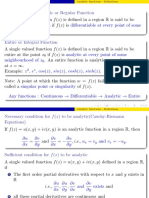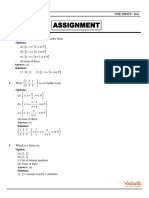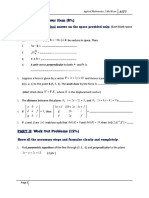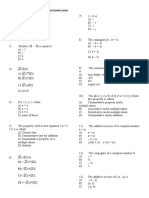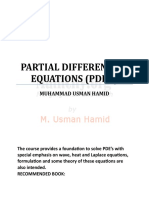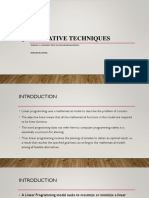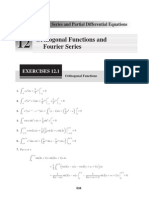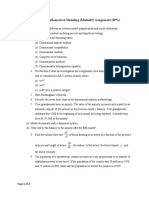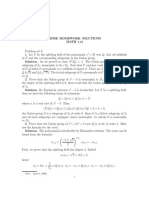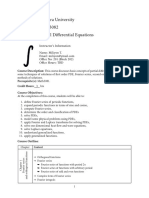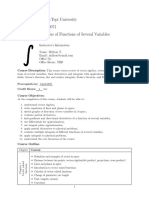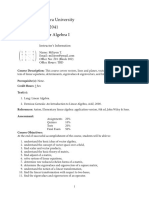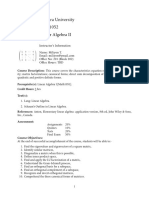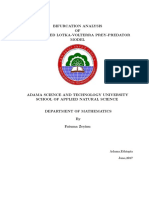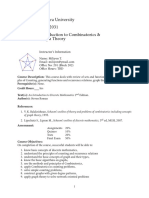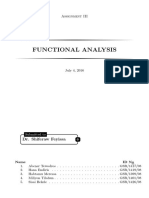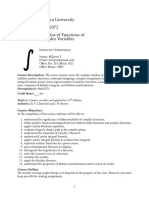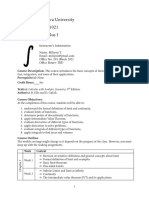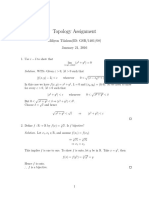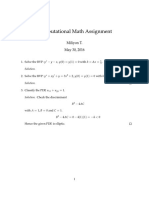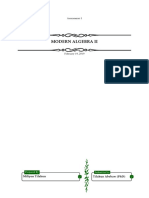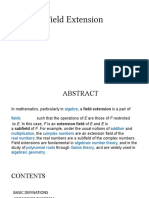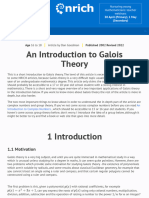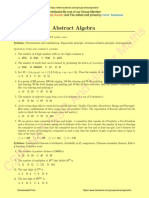0% found this document useful (0 votes)
886 views5 pagesModern Algebra Ii: Assignment I
1) The splitting field of f(x) = x^4 + 1 over Q is Q(i,√2) and the splitting field of g(x) = (x^2 - 3)(x^3 + 1) over Q is Q(i,√3).
2) The degree of extension of E/Q is 4, E/F is 2, and F/Q is 2. The order of the Galois groups G(E/Q) is 4, G(E/F) is 2, and G(F/Q) is 2.
3) The extension Q(√3,√2)/Q is not normal since the minimal polynomial x^
Uploaded by
Miliyon TilahunCopyright
© © All Rights Reserved
We take content rights seriously. If you suspect this is your content, claim it here.
Available Formats
Download as PDF, TXT or read online on Scribd
0% found this document useful (0 votes)
886 views5 pagesModern Algebra Ii: Assignment I
1) The splitting field of f(x) = x^4 + 1 over Q is Q(i,√2) and the splitting field of g(x) = (x^2 - 3)(x^3 + 1) over Q is Q(i,√3).
2) The degree of extension of E/Q is 4, E/F is 2, and F/Q is 2. The order of the Galois groups G(E/Q) is 4, G(E/F) is 2, and G(F/Q) is 2.
3) The extension Q(√3,√2)/Q is not normal since the minimal polynomial x^
Uploaded by
Miliyon TilahunCopyright
© © All Rights Reserved
We take content rights seriously. If you suspect this is your content, claim it here.
Available Formats
Download as PDF, TXT or read online on Scribd
/ 5



